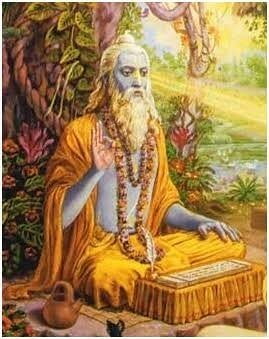Sanatana Dharma, Bharata Varsha and the Veda
Sanatana Dharma, Bharata Varsha and the Veda Sanatana Dharma is the soul of India. India will live as long as Sanatana Dharma prevails' – Maharishi Aurobindo said in his famous speech at Uttarapara in Bengal in 1909. Great rishis like Kanchi Mahaswami have declared that Veda is the very basis and source of of the Sanatana Dharma. So, Sanatana Dharma is the very soul of Bharata Varsha, that is India, and the Veda is its core.
The Veda is musical, not textual
The Veda is learnt by reciting, not by reading
The danger to the survival of the Veda
But with each passing day the number of scholars well-versed in the different branches of the Veda is dwindling rapidly. And the quality of the scholarship is also declining because the best in the society is more keen on pursuing; the knowledge of the world – and only those who cannot afford or fail in the pursuit of worldly knowledge take to learning Para Vidya. Given the importance of the subjects that enhance the material knowledge of the external world, the Veda Adhyayanam is relegated in importance. This poses the greatest danger to the very survival of the Veda in its true and musical form which is the very core of Sanatana Dharma and which in turn is the very soul of Bharata Varsha.

